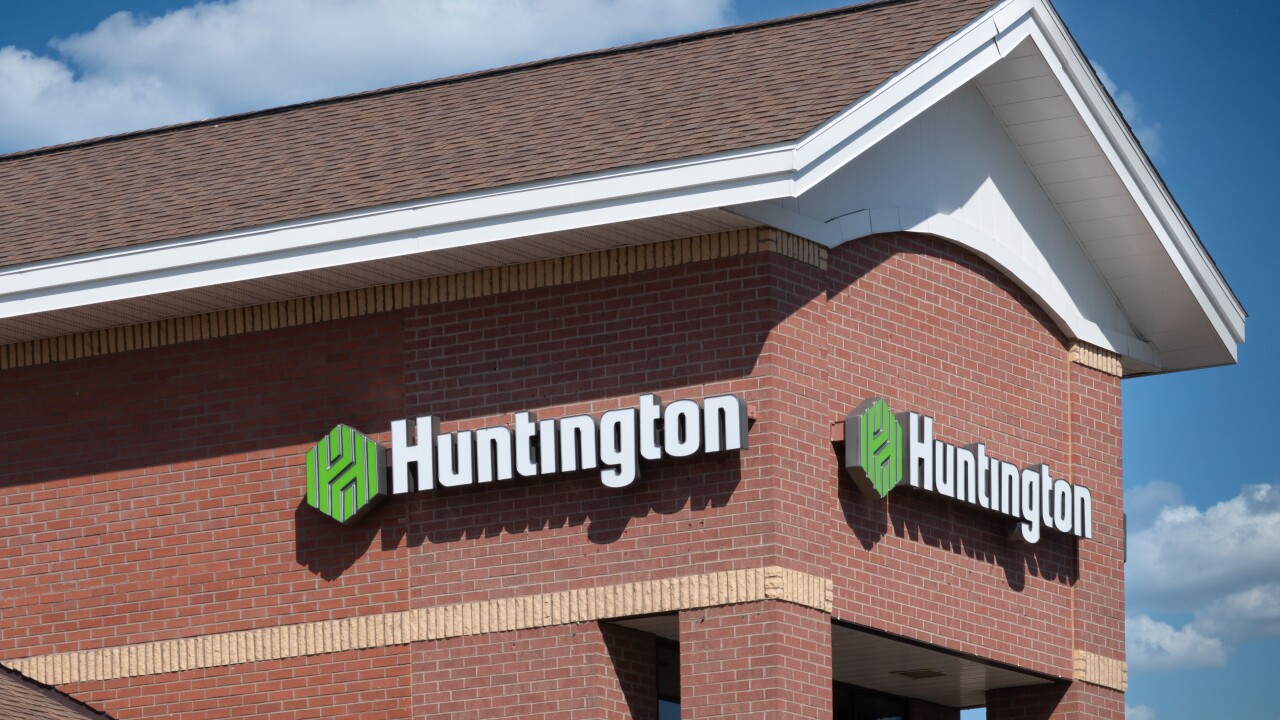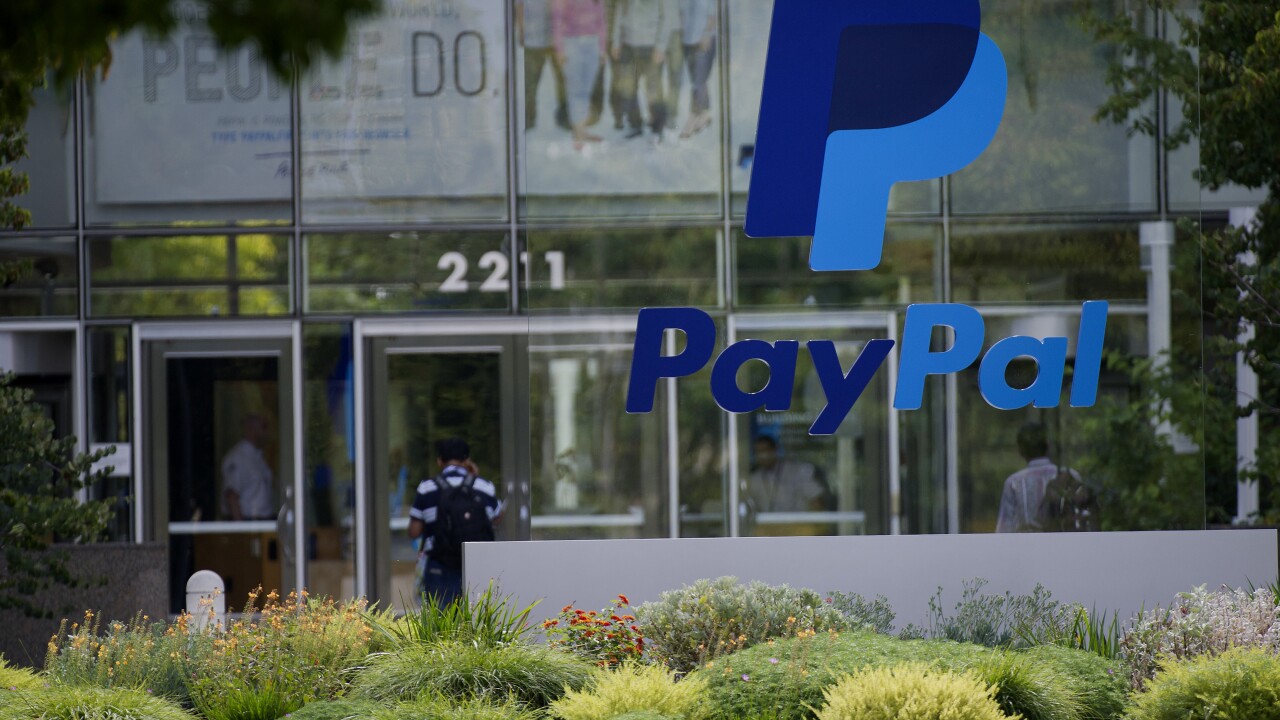How Ondot Systems can help regional and community banks deliver cutting edge consumer experiences
The digital transformation of card-based payments is more hype than reality in some ways in the US. For instance, Australia has been 100% contactless for nearly a decade whereas America is only just now catching up. At the same time, US consumers demand an easy and seamless payment experience. And now, with tech giants like Apple and Google entering payments, the pressure is on banks and credit unions to deliver the same kinds of digital experience. How can regional and community banks bridge the gap between the legacy infrastructure and consumer expectations around payments today?
“There is in fact a lot of innovation happening here. It can’t be done accomplished by one player, it needs to be done through partnerships,” says Prasanna Narayan, head of product at Ondot Systems. These partnerships can help regional and community banks uproot, reinvent, and transform payments so that these smaller financial institutions can keep up with large banks or fintech giants. As a result, they can offer the best digital payment solutions to their customers, and in real time too.
Why the US lags
The US has a legacy payments infrastructure that has kept us far behind the global technological frontier. This is now changing, with tech giants entering the space, posing competitive pressures for small banks.
“To reach that next level will require a change of the ecosystem. It will involve a lot of parties,” says, Narayan.
The US lag is documented in the 2019 “Innovation in Retail Banking report,” sponsored by Efma and Infosys Finacle. It found that the digital transformation has been exceedingly slow, with innovations not deployed at scale. Also, innovations tend to be more about reducing costs, rather than “improving the customer experience.” When it comes to payments using a mobile device, this lag has created an entry point for fintech companies who have a history and expertise in creating digital consumer experiences.
Still, According to Narayan, there is a lot of innovation and development now underway in the US. Large banks are investing in technology and mobile apps, leading to improved consumer experiences as evidenced by the Apple Card. However, these experiences are taking place on a legacy payment infrastructure and outdated “payment rails.”
For instance, when consumers go to a website that doesn’t use Apple Pay, they still have to punch in their card number. The legacy infrastructure means this is not a seamless or effortless transaction. Because the rail is so outdated, it doesn’t have to the right footprint.
The big players are working at changing this. “The networks are making investments in the payment rails,” Narayan says. “Very slowly we are starting to see real time payments in the US.” For regional or community banks the challenge is keeping up with this rapidly evolving ecosystem so that they remain competitive in offering cutting edge digital payments experiences.
The Solution: partnerships
“For smaller financial institutions, the solution is a partnership play,” says Narayan. Partnerships can connect the legacy infrastructure and its payment rails with software to create a new consumer experience.
Ondot is unusually well positioned here: “The heart of the payment infrastructure is being able to see the authorization stream in real time,” Narayan says. “We are integrated into the payment and see the transactions in real time. This has put us in a very unique position. We have invested in the technology.”
As a result, Ondot can bring real time data into a consumer mobile app. It also can deliver an enhanced consumer experience, equivalent to the Apple Card. Consumers can access large merchants like Uber or Lyft by using their “wallet” in a secure way, without having to re-enter their card information. The solution is scalable too.
These capabilities are important for smaller financial institutions because many brand-name merchants have traditionally only wanted to partner with the biggest banks. “We provide parity with a national bank,” says Narayan. “We are making the experience seamless. We push the card into the wallet faster, and make it more of a trusted experience.”
Also, Ondot keeps abreast of rapidly changing regulations and compliance in its solutions. “We take all of this into account,” Narayan says.
Finding the right mobile payments solution is important for banks because consumers primarily interact with their banks through their card and are using the card to push money in and out of their accounts. Ondot offers real time payment information coupled with an enhanced consumer digital payments experience. Banks of all sizes need find ways to provide the best possible digital experience to their customers. Narayan concludes with a warning: “if they don’t, others will.





